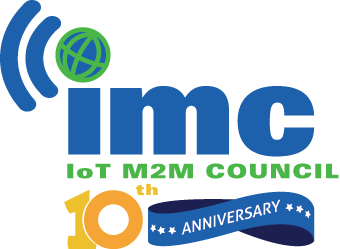Thales, Telstra, Microsoft and Arduino scale security
- March 24, 2020
- imc

Thales and Australian telco Telstra are working with Microsoft and Arduino to pave the way for scalable security for connected IoT devices, by implementing a way to enable trusted and secure end-to-end communications between device and cloud.
This will enable instant and standardised mutual authentication between a device and a cloud platform via cellular networks, while complying fully with GSMA IoT Safe security specifications.
Within the IoT ecosystem, billions of devices collect, process and send data to the cloud, where a range of different IoT services are executed. To enable security, the IoT cloud service must have absolute trust in data received from connected devices. Equally, devices need to trust the cloud. This is only possible if the device and server are mutually authenticated. However, the IoT devices market is so fragmented with a patchwork of different operating systems and chips being used that security services scalability and duplication are very limited.
That’s why Thales, Telstra, Microsoft and Arduino decided to team up to address the challenge of securely and efficiently connecting IoT devices to clouds in the most simplified way and through cellular networks. The level of trust required is enabled by a sophisticated security-by-design approach for any IoT devices based on field-proven and standardised SIM or eSIM technology.
As a result, as soon as an IoT device is switched on, any SIM or eSIM featuring Thales’s IoT Safe application is automatically and securely provisioned. Once the IoT device gets a proper digital certificate created and stored in the SIM or eSIM, then a trusted communication between the device and the server is permitted, in full respect of data integrity and confidentiality.
“The key role of GSMA IoT Safe specifications is to deliver scalable and future-proof IoT security for cellular networks,” said Gerhard Loots, global IoT executive at Telstra. “Being able to in future offer standardised easy to implement IoT security to our customers as part of our existing IoT connectivity service, is a huge leap forward in terms of IoT security for all use cases, including smart energy, automotive, health and home. We look forward to trialling this reference design with our IoT.”
Emmanuel Unguran, senior vice president at Thales, added: “As an active contributor of the GSMA specifications, and world leader in over-the-air platforms for credential life-cycle management, Thales is a key partner to address the challenge of scalable IoT security. With this hassle-free approach, we support a sustainable and scalable trusted ecosystem from which all key stakeholders such as mobile network operators, device manufacturers and IoT industries can benefit.”
Microsoft integrated the IoT Safe option with its Azure IoT Hub and provided Azure Stream Analytics, Cosmos DB and Power BI services to enable the development of an example end-to-end IoT application.
“The collaborative effort between these international organisations demonstrates the importance of simplifying IoT security without compromise,” said Tony Shakib, general manager of Azure IoT business at Microsoft. “By bringing together each IoT technology layer – device, software, network and cloud – we can deliver a more streamlined approach to IoT security. This allows customers and partners to focus on creating business value while ensuring their IoT deployments remain secure.”
Arduino developed a library under an open-source licence that implements the security mechanism of the GSMA IoT Safe standard on its MKR NB 1500 boards and provides a valid alternative to the usage of the CryptoChip already present on the Arduino board. The project has been a example of collaboration with companies operating in various IoT sectors, on which Arduino focuses for professional and industrial applications through the new Arduino Pro division.
“We are very pleased to be part of the dream team composed by Thales, Telstra and Microsoft,” said Fabio Violante, CEO of Arduino. “The development of this tool was a teamwork and a proof that Arduino is a great partner to create solid, reliable and easy to integrate hardware and software IoT.”

